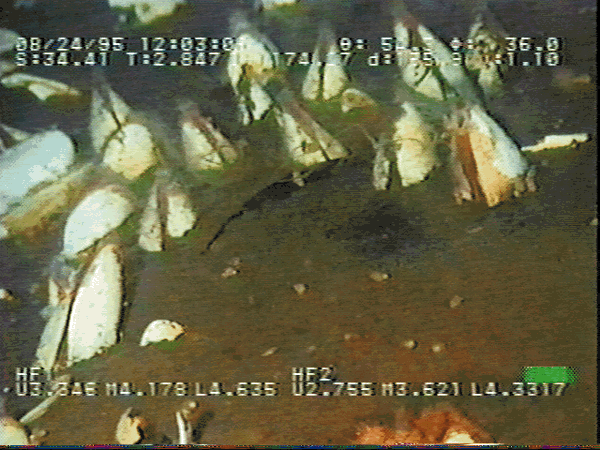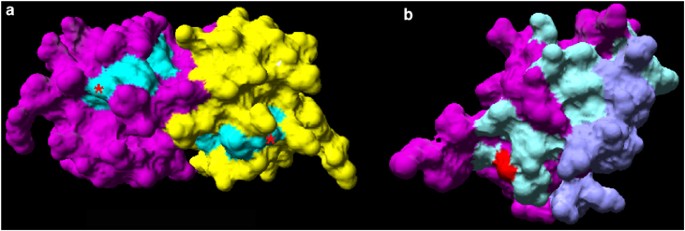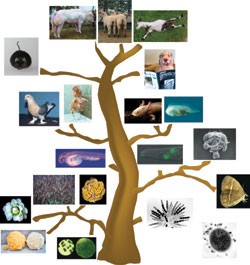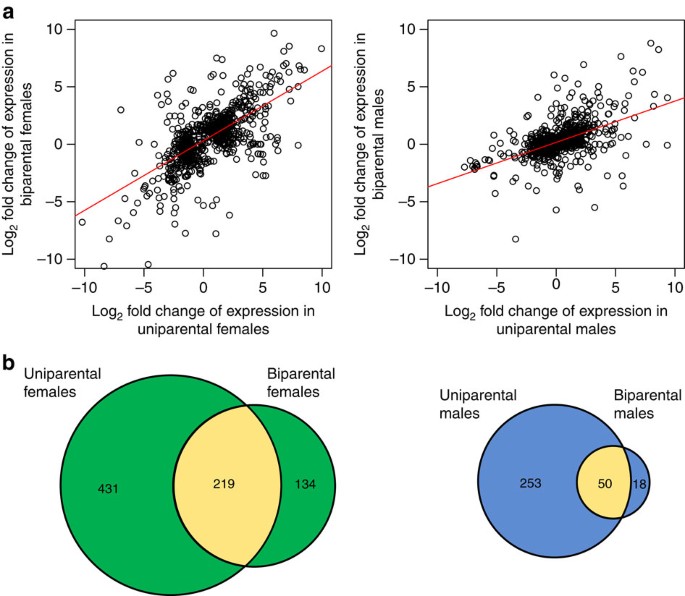
- Select a language for the TTS:
- UK English Female
- UK English Male
- US English Female
- US English Male
- Australian Female
- Australian Male
- Language selected: (auto detect) - EN
Play all audios:
How do mice remember the locations of pheromone-streaked stones, burrows and fallen leaves, even days after encountering them? Researchers at the Indian Institute of Science Education and
Research in Pune, India, have deciphered the underlying process of such memory formation. They studied female mice which were repeatedly exposed to the pheromone-laden urine of male mice and
observed that the female mice were able to remember the locations and shapes of objects where they sampled the pheromones1. The mice sniffed and used their whiskers to sense the pheromones.
These cues were then sent to specific brain regions involved in learning and memorising pheromone locations. Their findings suggest that mice can use multiple sensory systems to remember
pheromone-dependent socio-sexual cues, the researchers say. The researchers, led by Nixon M Abraham, trained female mice to learn to associate certain shapes and sizes of orifices with
pheromonal cues. They found that the mice remembered the pheromone locations two weeks after their initial exposure. When the whiskers were removed from one group of female mice they failed
to form a pheromone memory despite having a sense of smell. And female mice with whiskers failed to form a pheromone memory when they were exposed to same-sex urine. The researchers traced
the roots of such memory to an increased number of neurons in specific brain regions. These were identified by tracking a marker called activity-regulated cytoskeleton-associated protein in
the whisker-intact mice.








